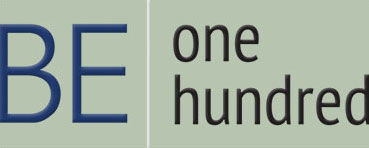By Member: Valerie Colin
Have you heard of the Alternative Minimum Tax (AMT)? Does it apply to you? AMT was first created to ensure that the wealthiest individuals paid at least some tax, disallowing many of the exclusions, deductions, and credits available under regular income tax rules. After decades of the AMT thresholds not raised for inflation, this tax now hits many middle-class taxpayers, and catches many off guard.
The American Taxpayer Relief Act of 2012 offered some relief by establishing AMT exemption amounts and indexing them to inflation. But the AMT is still around — and still capable of increasing the tax you owe.
Your taxable income may be higher for AMT purposes than your regular taxable income, for example, if you itemize and deduct certain taxes paid when you calculate your regular income tax liability. State or local income taxes, real estate taxes, or personal property taxes are not deductible under AMT rules. Lower deductions equal higher income for AMT purposes.
AMT Triggers
How do you know if AMT rules apply to you? Potential triggers include large itemized deductions such as taxes, or certain types of income, such as the exercise of incentive stock options. Other items can affect your exposure too. For instance, personal exemptions are disallowed under AMT rules. If you claim many exemptions, you may be subject to the tax.
Calculating AMT
Generally, the best way to determine if you owe AMT is to work through the calculation as follows:
- Start with your adjusted gross income for regular tax purposes.
- Adjust for items that are either not allowed for the AMT, or are calculated differently.
- Subtract the AMT exemption. For 2015, the exemption starts at $53,600 when you’re filing single and $83,400 when you’re married filing jointly. (Note: The exemption phases out as your AMT income increases. This means that if your AMT income is high enough, you may not get to subtract an exemption at all.)
- Finally, multiply any remaining amount by AMT rates, which begin at 26%, and compare the result to your ordinary income tax. You pay the higher amount.
AMT applies to business and personal tax returns. In both cases, certain income, exclusions, deductions and credits receive different treatment than they do for regular income tax. You will need to perform separate calculations and maintain separate records.
Your tax professional can help in determining how the AMT will affect your taxes. They can offer planning suggestions and advice to minimize the impact. For more information on AMT, you can also visit our Web Tax Guide.
Reposted with permission from Gumbiner Savett Inc.






